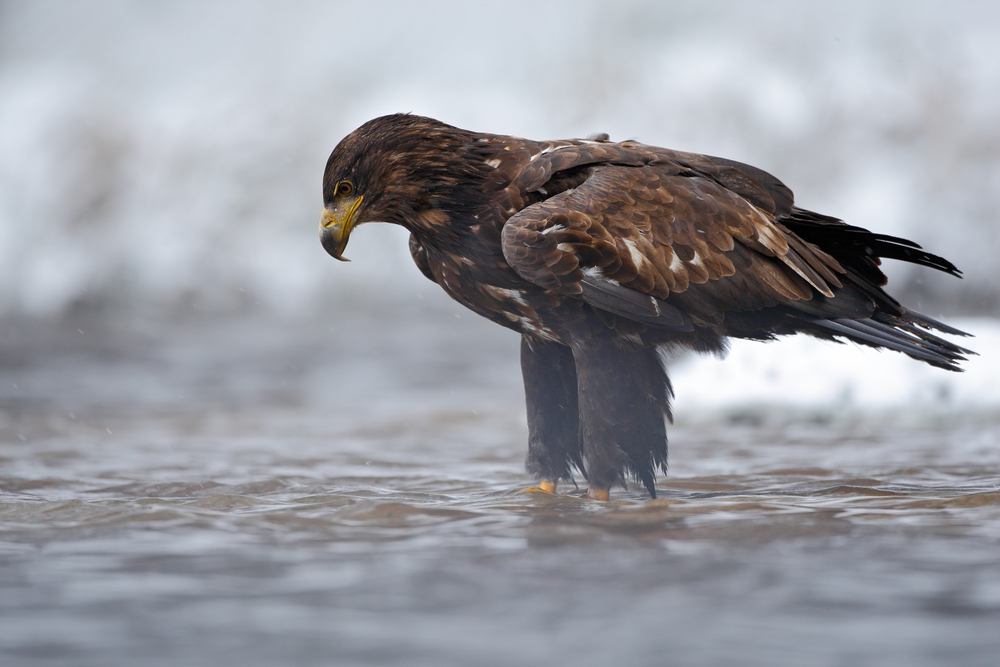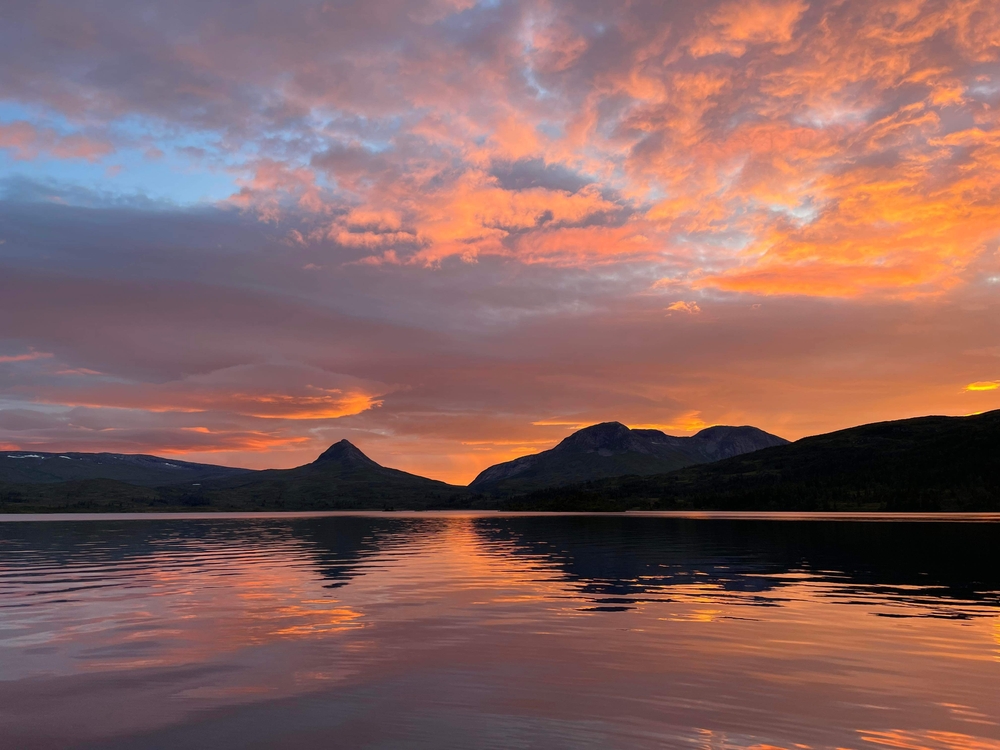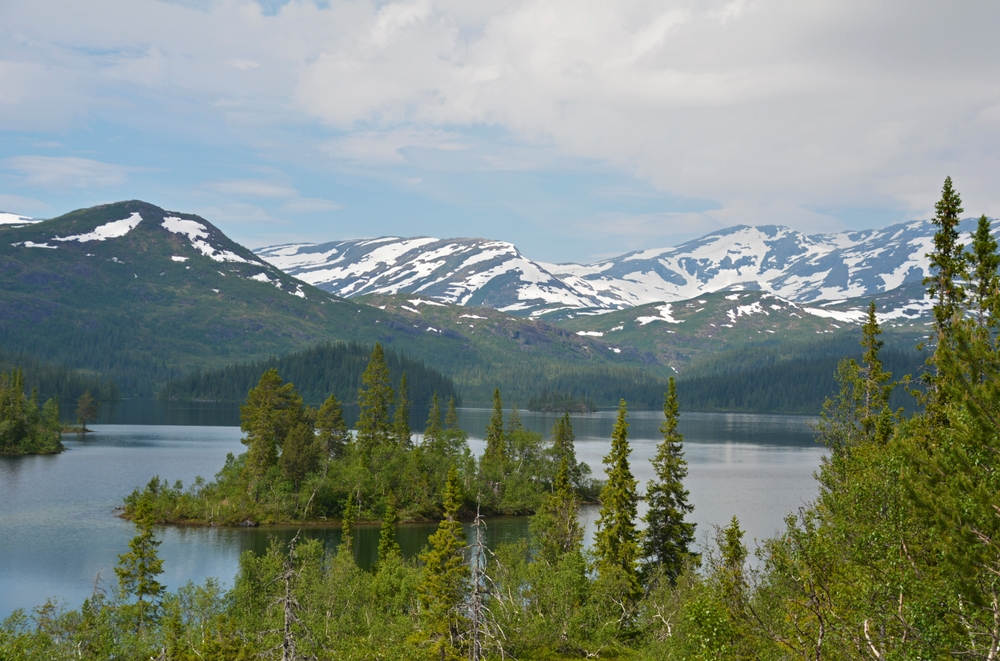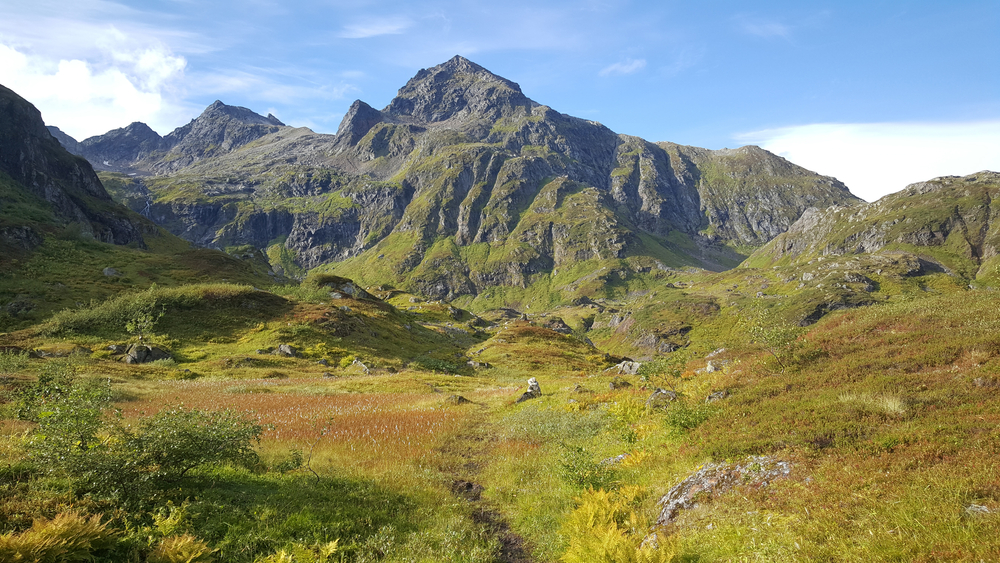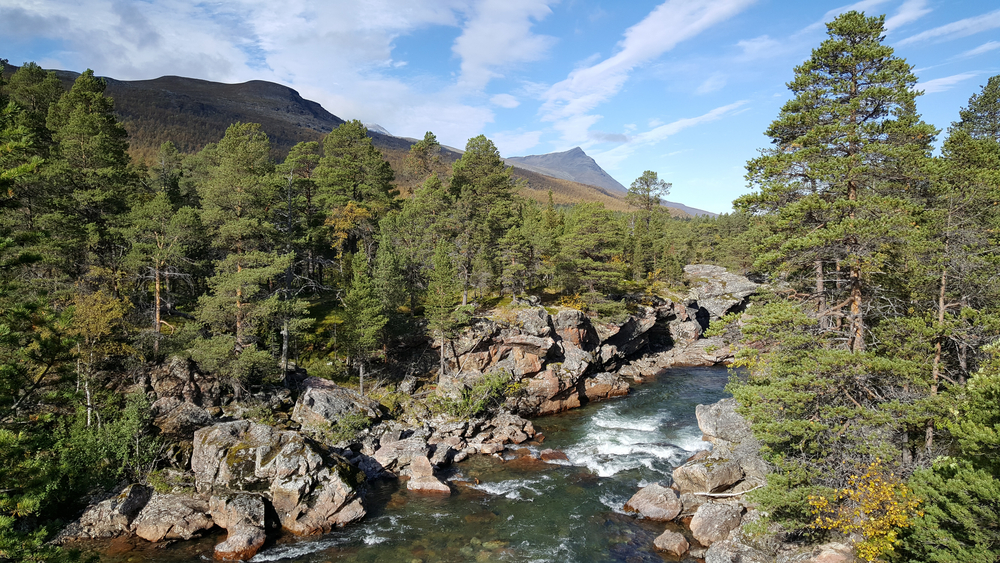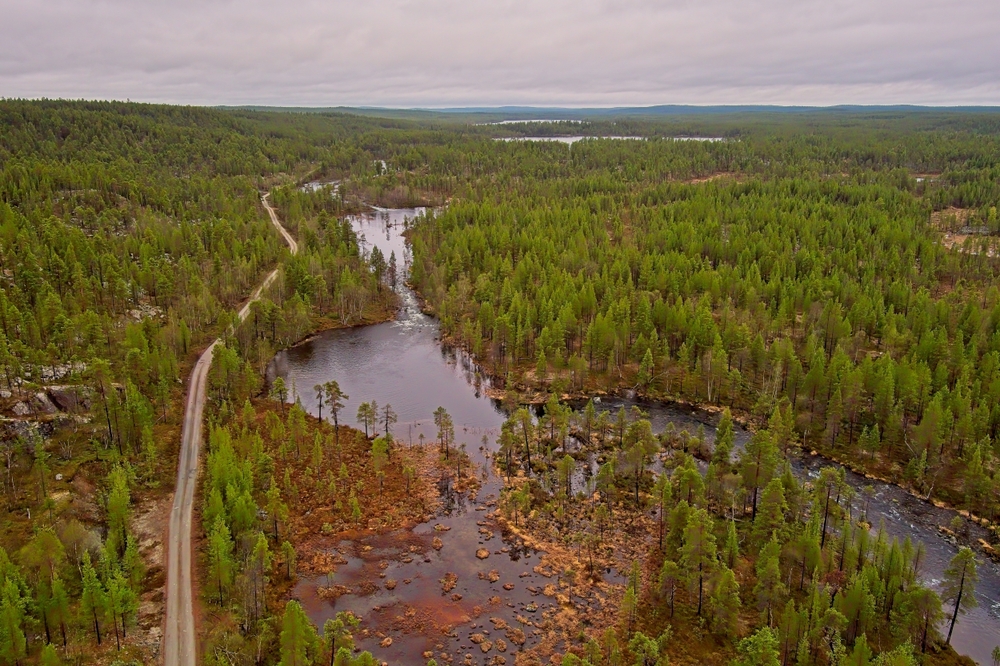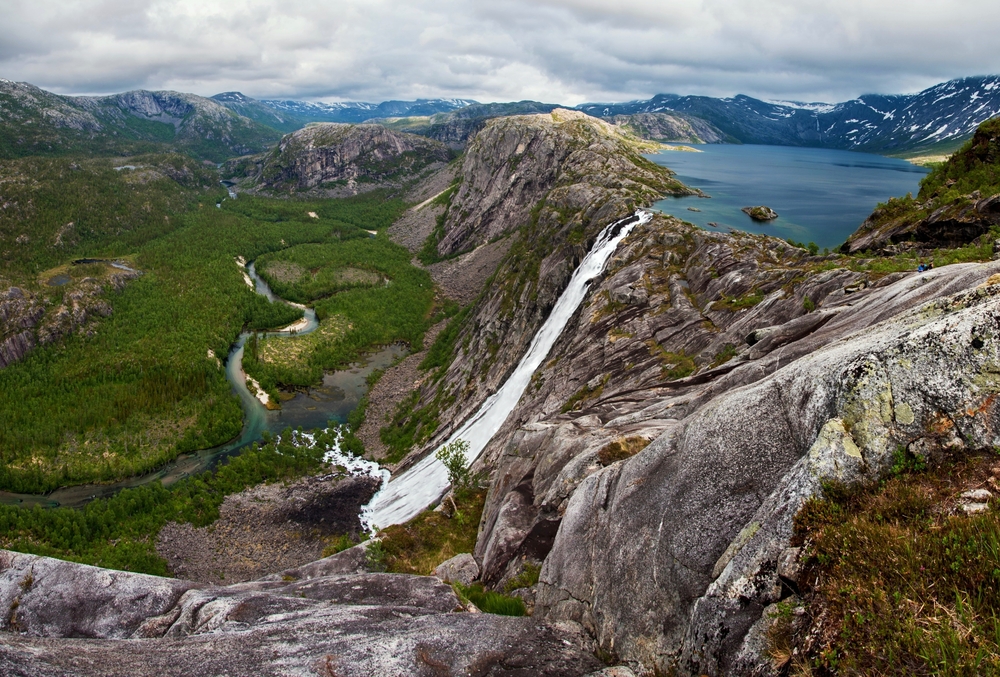Reinheimen Overview
Reinheimen National Park, known locally as Reinheimen nasjonalpark, is a vast wilderness area in central Norway, covering approximately 772 square miles (2,080 square kilometers).
It spans parts of Innlandet and Møre og Romsdal counties, offering visitors an unspoiled and rugged landscape characteristic of the Scandinavian highlands. The park is part of the larger Dovrefjell-Sunndalsfjella ecosystem, making it an essential refuge for native flora and fauna. The terrain consists of expansive plateaus, deep valleys, towering peaks, and rolling highlands.
Some of the most notable geographic features include the Tafjordfjella mountains in the western section, with their steep cliffs and jagged ridges, and the dramatic landscapes of the Romsdalen valley to the north. The park is also home to several pristine rivers, including the Rauma and Valldøla, which have carved deep gorges and provide essential freshwater ecosystems.
The vegetation within Reinheimen National Park varies depending on altitude and climate. The lower elevations are covered with birch forests and alpine meadows, while higher elevations transition into moss and lichen-covered rock fields. The park’s subalpine zones are rich with shrubs, heather, and small patches of coniferous trees, creating diverse habitats for wildlife. During the summer months, wildflowers bloom across the tundra-like landscapes, adding bursts of color to the otherwise austere terrain.
Reinheimen is home to an impressive array of wildlife, including one of Norway’s largest populations of wild reindeer, a species that has roamed these lands for thousands of years. Other key mammal species include wolverines, lynx, red foxes, and moose, all of which are well-adapted to the harsh conditions of the Norwegian wilderness. The park’s rivers and wetlands provide essential habitat for otters and support a variety of fish species, including brown trout and Arctic char.
The birdlife in the park is equally remarkable, with species such as golden eagles, gyrfalcons, ptarmigans, and rough-legged buzzards frequently spotted soaring above the rugged terrain. Waterfowl and waders, including common scoters and red-necked phalaropes, are also present in the park’s many lakes and marshlands.
One of the main draws of Reinheimen National Park is its remote and untouched wilderness, making it a haven for nature lovers and outdoor enthusiasts. The park is popular for hiking and trekking, with several marked and unmarked trails offering varying levels of difficulty.
The Tafjordfjella region is particularly well-known for multi-day trekking adventures, while the Romsdalen valley is a favorite among climbers due to its dramatic cliffs.
Hunting and fishing are permitted in certain areas, following strict regulations to maintain ecological balance. During winter, the park transforms into a snowy wonderland, attracting backcountry skiers and snowshoers looking to explore the pristine landscape.
Conservation efforts in Reinheimen National Park focus on preserving its delicate ecosystem while allowing sustainable recreational activities. The protection of the wild reindeer population is a major priority, as habitat fragmentation threatens their migration routes.
Efforts to curb illegal poaching and regulate tourism have helped maintain the park’s biodiversity. The Norwegian authorities and local communities work together to ensure that Reinheimen remains a refuge for wildlife and a pristine natural area for future generations.











































































